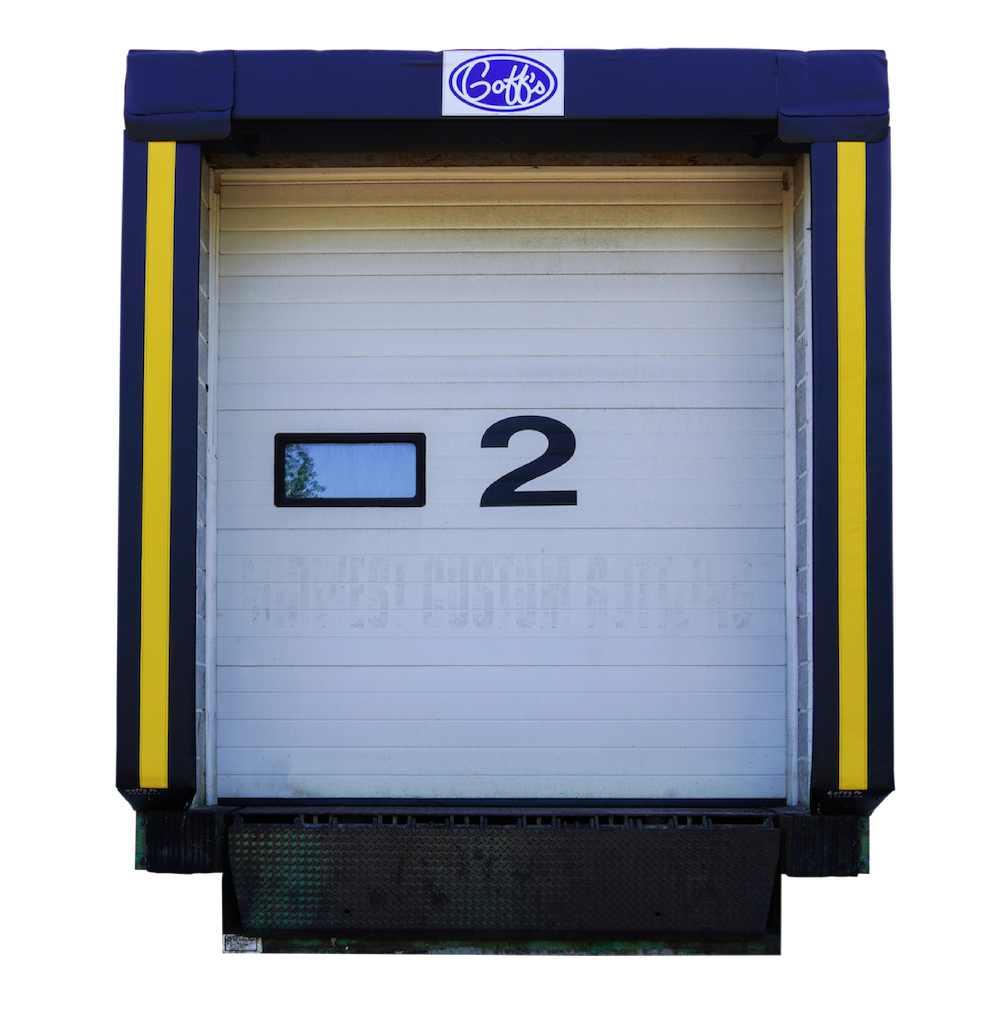Do I really need a seal or shelter on my loading dock?
The answer is 100% yes. You may not even notice the issues not having a seal or shelter is causing, but once you have one installed, the difference is astounding. Unsealed loading dock doors can be dangerous and cost you a ton of money. Every gap between the back of a trailer and your loading dock is wasting energy, costing you money, and allowing outdoor weather and elements to enter the facility which is ultimately very dangerous.
Your solution to solving these problems and preventing harsh environments at the loading dock is installing dock seals or shelters. Goff’s dock seals and shelters provide a positive seal around the back of a trailer, leaving no room for dangerous outdoor elements. Furthermore, they help save on energy, increasing profitability in your facility.
So, what’s the difference between a seal and a shelter you might ask? They both improve efficiency, safety and control climate at the loading dock, but here’s a little breakdown of each type:

Goff's Dock Seals
Dock seals have foam filled pads that compress against the top and sides of a trailer when backed up to the loading dock. Since the truck backs right up against the dock seal, the seal tends to provide a tighter, more efficient compression. However, since a truck comes into contact more with a seal, they tend to take a beating. Goff’s Dock Seals are preferred for facilities with limited space or where standard trailer sizes are consistently used.
Separating harsh environments at the loading dock.
Goff's Dock Shelters
As you can see, dock shelters are larger and more rigid than seals. They still create a seal around the trailer, but instead of the truck compressing against the structure, the frame covers the top and sides of the trailer when backed into the loading dock. Furthermore, shelters are more durable and forgiving, so they tend to last longer. They can accommodate a wider range of trailer sizes and shapes, so are more universal than seals.

All in all, dock seals and shelters both serve the same purpose of keeping outside elements from entering the loading dock area and helping save on energy costs. Which one is used will just depend on the facility it’s going on and the truck sizes that will be coming to your loading dock.
Want to start protecting against harsh environment at the loading dock?
Contact us below so we can get started on YOUR project! We'll make sure you get exactly what your space needs.
